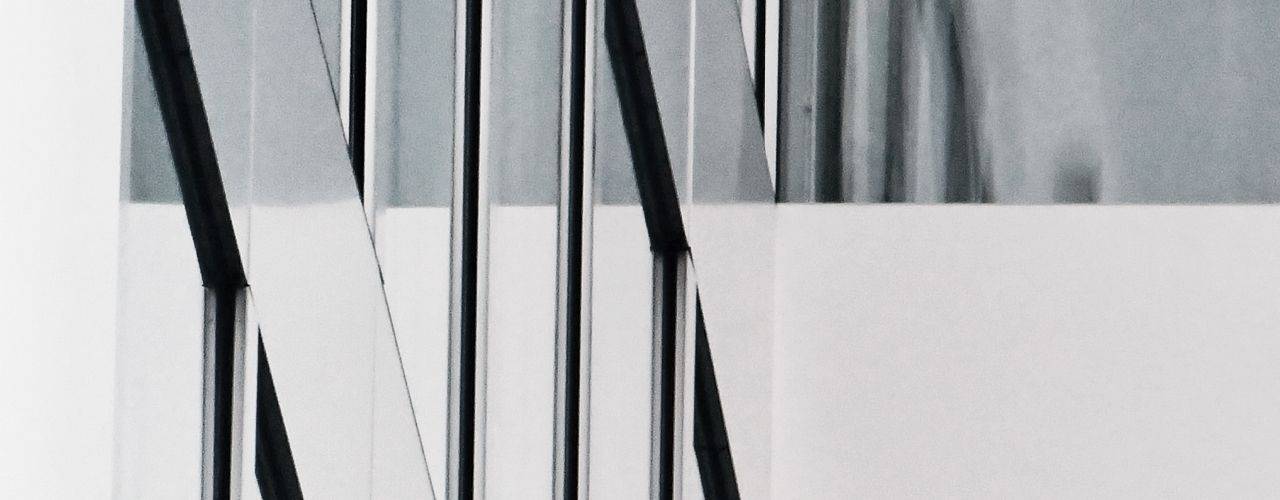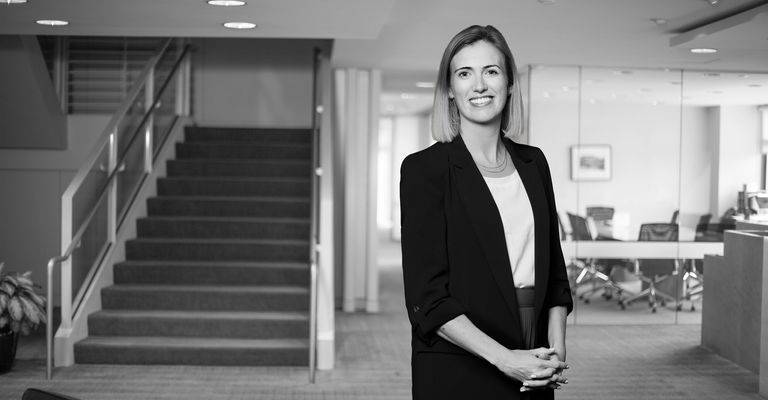Insights
How the court assesses witness credibility - conflicting evidence and dishonesty
Rancom Security Ltd v Girling
May 23, 2023What are the practical implications of this case?
This case is a case of two parts—a reminder of key legal principles and a more practical lesson for all disputes practitioners, particularly those bringing civil fraud and dishonesty claims, when preparing a case.
Conflicting evidence
As well as analysing the above principles, the court addresses in detail the issues facing it when confronted with a commonplace issue—ie, conflicting evidence.
The case is an explanation of how the court will approach such conflicting evidence, addressing shifting evidence, lack of evidence, disclosure shortcomings and the impact of the witness statement and litigation process on witnesses and memory. It is also a lesson in how the courts will assess witness credibility and draw adverse inferences.
Although the court’s conclusions are necessarily fact-based and made in the context of a dishonesty case, the analysis of these issues by the court is of wider application and relevance to any disputes practitioner. It is also clear from the breadth of points which the court considered when assessing the conflicting evidence of the parties that these are lessons which need to be considered at the very start of a dispute and are not issues relevant only to trial preparation.
What was the background?
The claimant company alleged that two of its employees (Ds 1 and 2), having set up their own company (D3), deliberately pursued a ‘Grand Plan’ to resign and set up in competition with the claimant by exploiting the claimant’s database to target its customers. The defendants asserted that they had used legitimate marketing activities to target the claimant’s customers.
The case provides a helpful analysis of the legal principles in some key areas of law which are mainstays of fraud and dishonesty cases. The court had to consider whether Ds 1 and 2 had breached their duties of confidence to the claimant and whether D3 had induced or procured them to do so and whether the defendants conspired to injure the claimant by unlawful means. It also considered the tort of malicious falsehood.
In its analysis, the court provides detailed and helpful guidance as to how conflicting evidence should be approached and assessed by the court and how the credibility or otherwise of witnesses should be assessed. It looks at not only the witness evidence (whether it is tendered and by whom and its nature) but also issues of disclosure and the impact on witness evidence of the litigation process itself.
What did the court decide?
Ds 1 and 2 had conspired to injure the claimant by unlawful means and had breached their contractual duties of confidentiality. D3 had induced or procured them to do so. The court dismissed the claim for malicious falsehood. The court’s assessment of the witnesses’ evidence and credibility is a must read for all practitioners.
Assessing conflicting evidence
Indicators of unsatisfactory witness evidence include evasive answers, avoiding answers, blaming legal advisors, disclosure shortcomings, self-contradiction, internal inconsistency, shifting case (new explanations for events), and new evidence (oral evidence which is not in witness statements).
The court noted, in particular, the similarities in the defendants’ evidence and the complete absence of key contemporaneous documents on a key part of the defence and the ‘unlikely explanation’ for this.
The defence evidence was ‘characterised and tainted by repeated and significant indicators of unreliable evidence’ albeit that:
- the litigation process itself subjects witnesses to powerful biases and can induce a desire to assist, and
- a natural desire to give a good impression in a public forum is a ‘significant motivating factor’
The court considered that the litigation process itself can cause memory to be based increasingly on the material (hopefully the proper application of CPR PD 57AC reduces this risk).
The court also acknowledged that lies in themselves do not necessarily mean that the entirety of a witness’s evidence should be rejected; it was said that witnesses lie for different reasons. For example, a witness may lie in a ‘stupid attempt to bolster a case but the actual case nevertheless remains good irrespective of the lie’ but also ‘a witness may lie because the case is a lie’.
This case is clearly a lesson that while practitioners cannot produce witnesses’ evidence for them, they certainly can and should interrogate the documents and put contradictions to a witness as soon as possible in the preparation of a case.
Case details
- Court: Business List (Chancery Division), Business and Property Courts Sitting in Birmingham, High Court of Justice
- Judge: His Honour Judge Richard Williams (sitting as a High Court judge)
- Date of judgment: 28 April 2023
This was first published by LexisPSL on 19 May.
Related Practice Areas
-
Business & Commercial Disputes




